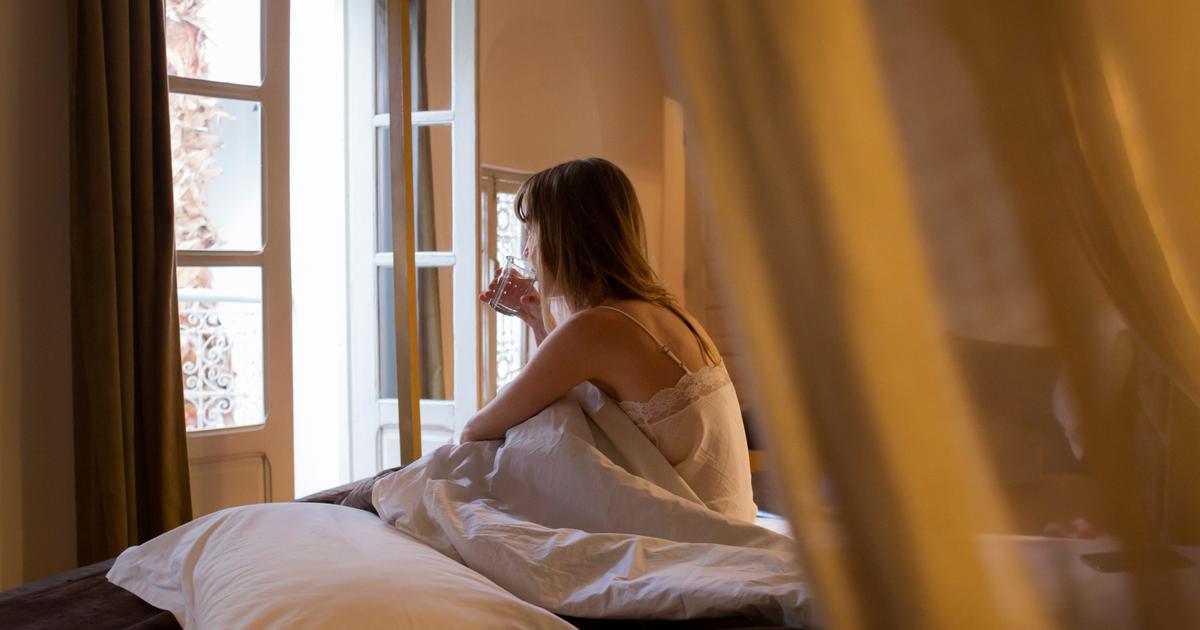Better sleep is certainly at the top of your resolutions for the year 2023. To remedy this, you meditate every evening, do not touch your phone once in your bedroom, and even sleep with a weighted blanket.
Despite these efforts, you feel like you haven't had your quota of restorative sleep and struggle to get out of bed every morning.
To sleep better and be more fit in the morning, maybe you should turn to your morning routine.
According to Andrew Huberman, American neuroscientist and professor of neurobiology at Stanford University, you should be exposed to the first rays of the sun as soon as you wake up.
He further details his method in a sleep-focused episode “Sleep Toolkit,” which aired in August 2022 on his
Huberman Lab
podcast .
In video, five signs that show that you are in sleep debt
Read alsoHow to wake up: tips for getting fit in the morning
The “boost” effect of cortisol
According to the neuroscientist, the best way to get a "boost" effect when you get out of bed and then be in good shape during your day is to leave your home within an hour of waking up, and gaze into natural light for at least five to ten minutes.
The goal ?
Activate a set of nerve cells sensitive to bright light, located in the retina, which will trigger a rise in cortisol levels in the body.
Also known as the stress hormone, it is indeed beneficial for waking up the body and the mind, Andrew Huberman teaches us in his podcast.
"We need a cortisol spike as early in the day as possible because this hormone helps improve the immune system, alertness levels,
In addition to improving wakefulness and reviving our energy for the day, exposure to natural light in the morning "triggers a timer to promote the appearance of melatonin (the sleep hormone, editor's note)
"
, continues Andrew Huberman.
According to the latter, it takes about 16 hours after the cortisol peak for the body to start releasing melatonin and therefore help us fall asleep.
Notice to those who fear being dazzled by the morning light: the specialist still advises against wearing sunglasses during this outing.
“You don't need to stare directly at the sun.
If it's too painful, it's best to look generally in its direction, he says.
And you can blink without any problem”.
And if ever the light does not show its nose at 7 o'clock, as is the case in winter, Andrew Huberman invites you to turn to specific artificial lights, such as a dawn simulator alarm clock or a light therapy lamp, which is more efficient.
And if the bad weather slows down the desire to go out as soon as you wake up, the specialist encourages you to overcome the obstacle.
"Even in cloudy weather, you can receive the maximum light energy in the eyes, you just have to extend the duration of your exposure a little more," he points out.
In video, nocturnal awakening, four tips to get back to sleep

